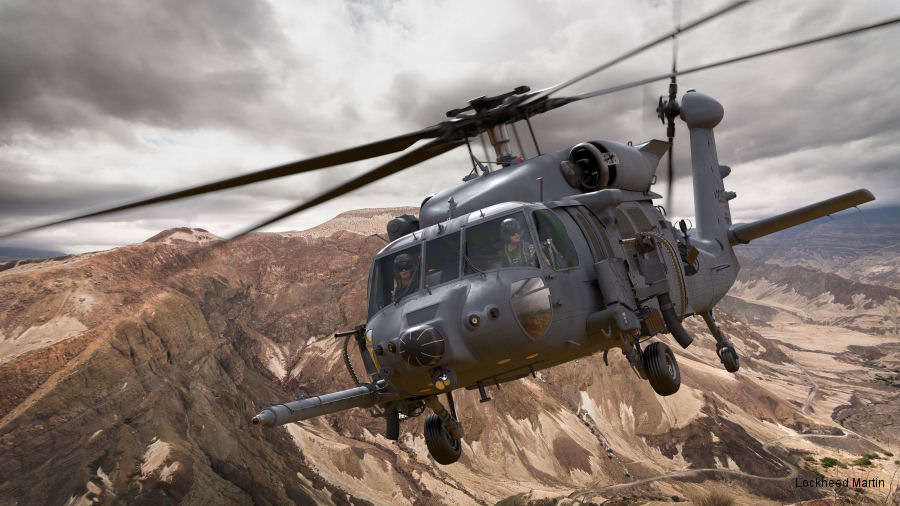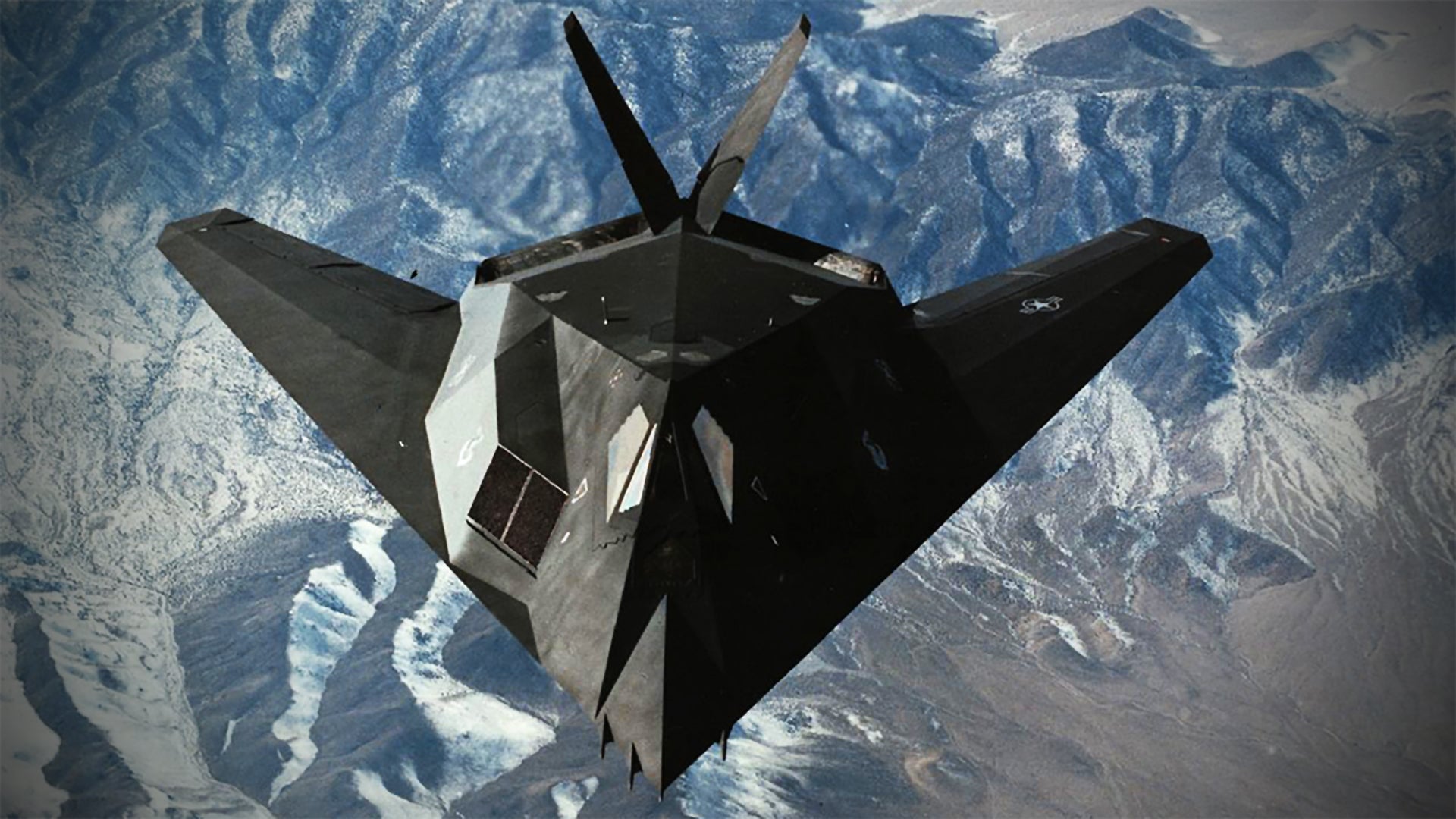The one and only time a F-117 Nighthawk was shot down occurred on March 27th, 1999 over Serbia during Operation Allied Force. Its callsign was “Vega 31” and at its controls was Lieutenant Colonel Dale Zelko. The story of how the stealth jet was detected, targeted, and engaged by a Serbian SA-3 “Goa” surface to air missile (SAM) is an amazing tale in itself, as is the fact that Zelko and the intrepid SAM system commander are now friends. What came of the Nighthawk carcass after it crashed down into a field is also quite intriguing. But above all else, the radio transmissions pieced together from that fateful night are downright chilling.
Even better than just the recording itself is the recording paired with the first hand account of Dale Zelko. During a seminar, the veteran F-117 pilot goes into awesome detail of his actions that night and how he made it out alive against great odds.
The first video below has the radio recording portion of Zelko’s presentation only, while the second video has Dale Zelko’s entire talk on his experiences during the historic event. In other words, the first clip is a short excerpt of the second.

Hours after the initial radio calls were made, a massive combat search and rescue operation was launched, one that penetrated deep into enemy territory with the objective of plucking Zelko from the enemy’s clutches. The operation was amazingly successful (read about it here), and underlined the talent of American and allied aircrews and the modern-day relevancy of the CSAR mission set.
Today, as the USAF fills its inventory with penetrating stealthy combat aircraft like the F-35, F-22, and B-21, and as proliferation of advanced integrated air defense systems, which can include wily road-mobile SAM systems, becomes more commonplace, how exactly this mission will be conducted successfully is debatable.
The USAF is finally getting its CSAR community new Black Hawk derivatives—the HH-60W—to replace their worn-out HH-60G Pave Hawks. But how these aircraft can reliably infiltrate into areas where only high-end stealth aircraft can venture, and even they couldn’t survive, is unknown. For lower-end threat environments, the HH-60W’s capabilities, along with a traditional package of assets including A-10 Warthogs in the “Sandy” role, and other aircraft to provide suppression of enemy air defenses, electronic warfare support, command and control, and defensive counter-air capabilities will be applicable.

Meanwhile the USMC has adapted their tactics to take full advantage of the MV-22 Osprey’s great qualities for what they call the Tactical Recovery of Aircraft and Personnel (TRAP) mission. The Osprey has speed on its side, which is critical for the CSAR/TRAP mission set, but the same issues apply to the Osprey as the HH-60W and even the Air Force Special Operations Command’s CV-22s—even with low-level flying and external support from myriad of assets, can an Osprey survive in a higher-end contested environment where stealth aircraft pilots could inadvertently find themselves on the ground in the future?
Regardless, the CSAR community is making the best out of what they have and are training with assets like the F-22 in forward deployed scenarios. But the mismatch in capabilities between the two platforms, and even the with the forthcoming HH-60W, is glaring.

With these issues in mind, it would seem that in the most critical of situations, the best aircraft for recovering a stealth aircraft pilot is another stealth aircraft. As we all well know the Pentagon has the technology, and the high-end CSAR mission seems like a key niche that requires it, a solution I have laid out in detail before. As of now there are no known plans to provide the CSAR community with a low observable design for the toughest of CSAR missions. This means either the Air Force is willing to accept much higher risk for future CSAR missions or that they simply won’t be able to attempt to rescue pilots in certain contested environments at all.
Then again the USAF could just avoid much of the this CSAR conundrum by fielding advanced unmanned combat air vehicles for the highest risk, “day one” missions like deep strike and destruction of enemy air defenses. Sadly, for one reason or another that isn’t happening.
It is somewhat alarming that the USAF is buying throngs of expensive stealth aircraft that are meant to penetrate deep into highly defended enemy airspace and survive but they don’t seem to be investing in CSAR capabilities to match. This has also been a concern of on Capitol Hill, one that doesn’t seem to have been quenched by the purchase of the HH-60W.
We’ll have to see how this all pans out. Hopefully future pilot recovery missions will be able to be as successful as the response to the downing of Vega 31 nearly twenty years ago. But tactics can only go so far and it will likely take significantly more investment by the USAF to make that a real possibility, especially when it comes to facing the challenges that future combat environments represent.
Contact the author: Tyler@thedrive.com
